SensAI
We are working on AI methods for analysis of sensor data. A special focus is on time series for motion analysis. For this, data captured from inertial measurement units (IMUs), sensory mats, RGB and depth cameras are fused and deep neural networks are trained for the analysis of the data. Interpretable machine learning plays also an important role in understanding the correlation, proving the reliability and providing feedback about decisions of the AI algorithms to the user or patient.
Biomechanics and implant technology
We are working on internal and external fixators for fracture repair (osteosynhesis) or reconstructive surgery and appropriate test scenarios therefore. Beside the development of proper implant designs, we design quasi-static and dynamic test procedures to mimic physiologic loading. To understand the behavior of implants under specific loading, additional optical analysis is performed to evaluate the implant plate and implant screw independent from each other. Furthermore, work is being done on the development and testing of microelectronic implants for cancer treatment (Glioblastoma).
In addition, we are investigating in man-machine-interaction to evaluate performance parameters.
Projects - SensAI
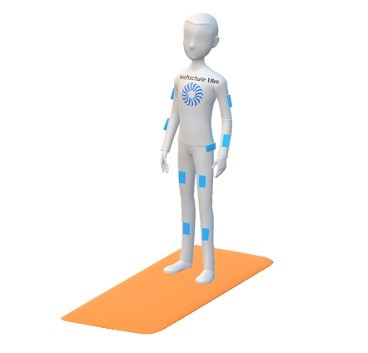
MyPhysio@Home (BMWI)
Cooperation with DIERS International GmbH
The goal of this project is the fully automated support during the execution of a physiotherapeutic exercises based on AI algorithms. As sensors, several Inertial Measurement Units (IMUs) are attached to the body, delivering information about the human motion. At the same time, measurements from a sensory mat on the ground are combined. With this, a special deep neural network is trained which is giving a feedback score about how well the exercise has been conducted. By this, a continuous monitoring and a feedback for motivation can be realized. Additionally, the exercises can be adapted to the patients over time.
Contact: Thomas Engleder, Michael Munz
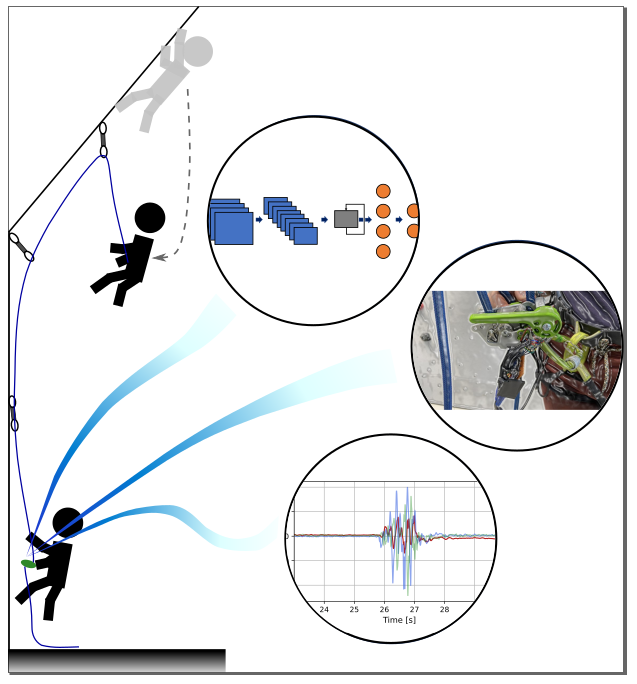
SafeClimb (BMWI)
Cooperation with Edelrid GmbH
Sports climbing is a discipline with increasing popularity. Although, it is a dangerous sport if there are mistakes during belaying of a climber. The goal of the project “SafeClimb” is to provide a belaying device which monitors the behavior of the belayer and intervenes in case of a harmful mistake in order to prevent the climber from falling down. For this, a completely new device is developed. The focus of THU is to integrate sensors into the device (hall sensors + Inertial Measurement Units). Furthermore, we develop an AI algorithm to detect the fall of a climber only based on the sensory data from the belay device.
Contact: Michael Munz, Thomas Engleder
Brain in Motion
Cooperation with Ulm University, Department of Applied Emotion and Motivation Psychology, Institute of Psychology and Education, Prof. Dr. Cornelia Herbert
The goal of our work is gaining insights into brain activities during motion with a special focus on gait. For this, we combine mobile EEG systems with gait analysis technology like inertial measurement units, cameras and instrumented treadmills. Machine learning approaches are used to find predictors for abnormal motions, for example gait disorders from EEG measurements. For getting insights in the mechanism, we also do research on the applicability of interpretable machine learning methods.
Contact: Michael Munz
Projects - Biomechanics and implant technology
Rowing Ergometer Test Rig
Cooperation with Ulm University, Department of Sport Science and Rehabilitation, Prof. Dr. med. Dr. h.c. Jürgen Steinacker
The goal of this activity was the development of a test rig for rowing ergometer testing for the analysis of rowing ergometers used by elite rowers. The main challenge was the reproduction of a stroke pattern comparable with real human rowing strokes. The focus of the evaluation was the Concept-2 rowing ergometer.
Contact: Thomas Engleder
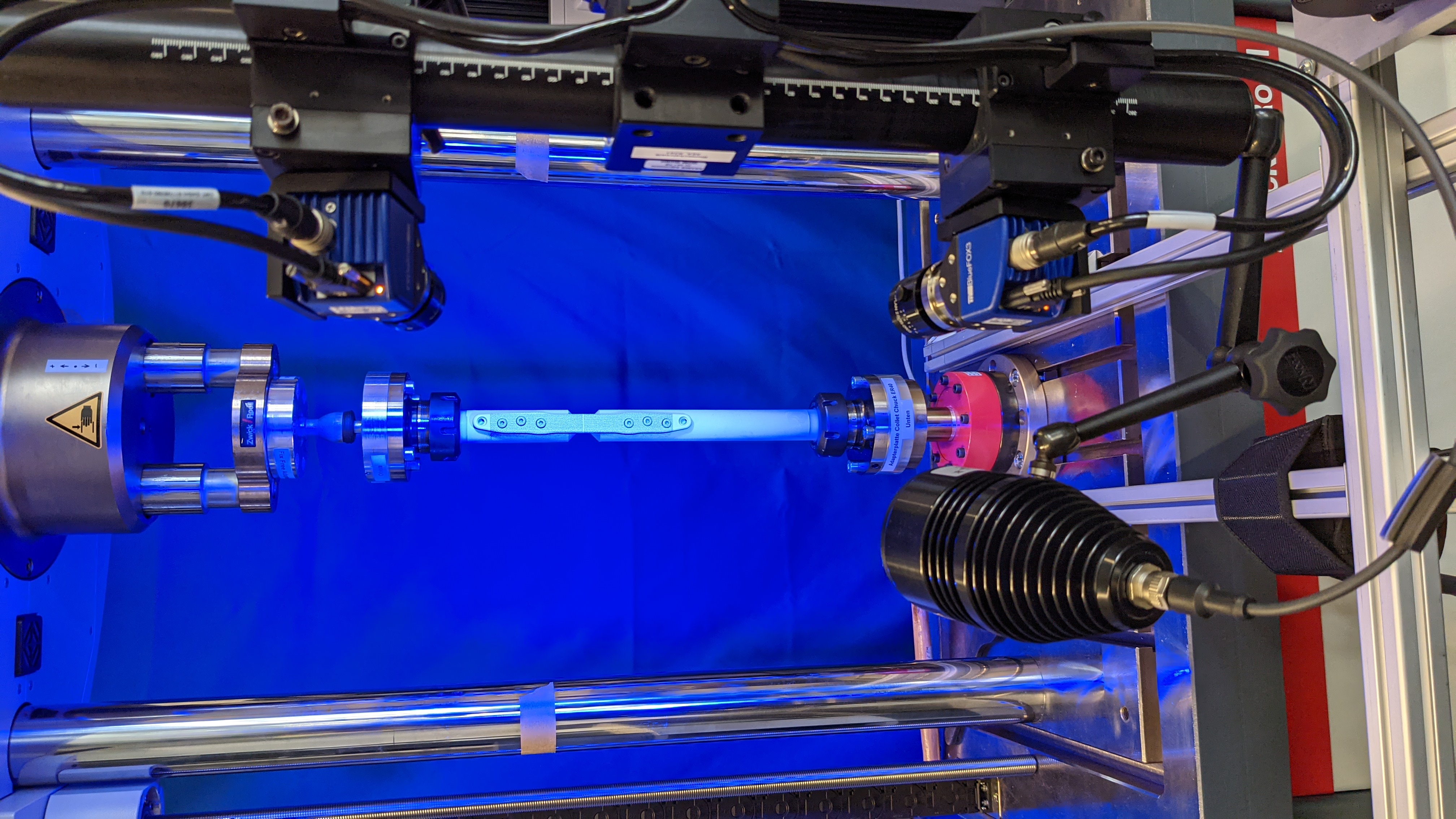
Implant System Testing
Cooperation with Endolab Mechanical Testing GmbH (Riedering, Germany) and University of Lübeck (Germany), Prof. Paech, Dr. Wendtland
The goal of this project is the development of an enhanced test procedure for angular stable implants for fracture treatment and reconstructive surgery. The project takes physiological loading resulting from several activities into account. The project is founded by the ZIM-programm of the BMWi.
Contact: Felix Capanni
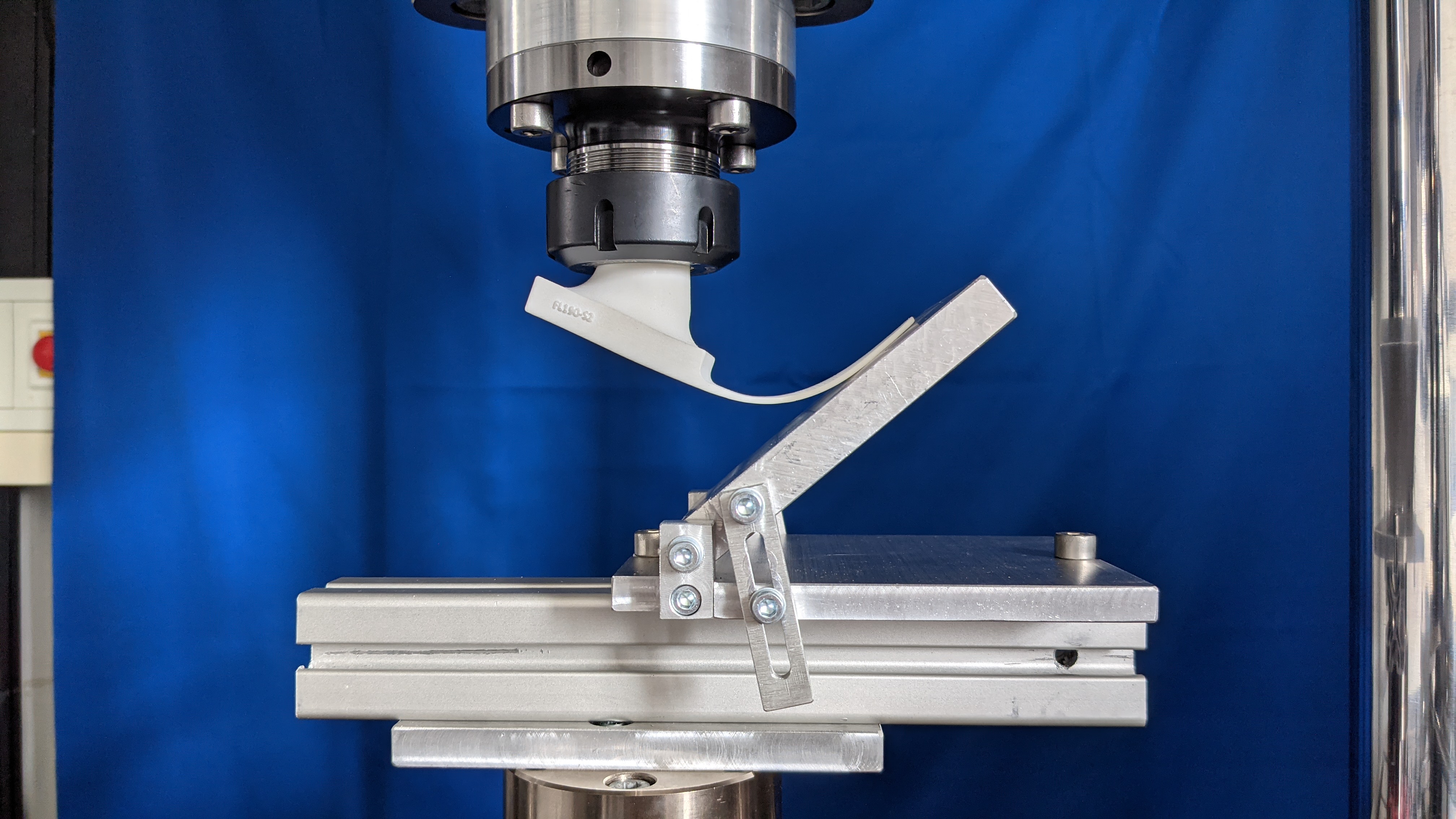
Medical Aids
Cooperation with Häussler Technische Orthopädie GmbH, Ulm, Germany
Orthopedic technology is a traditional craft that has recently been heavily involved with the introduction of digital and engineering tools. In this area, orthopedic aids are developed with the help of digital design tools (scanner and Geomagic Freeform), their design is calculated or simulated (FEA) and then manufactured in specially adapted manufacturing processes. The project is founded by the ZIM-programm of the BMWi.
Contact: Felix Capanni
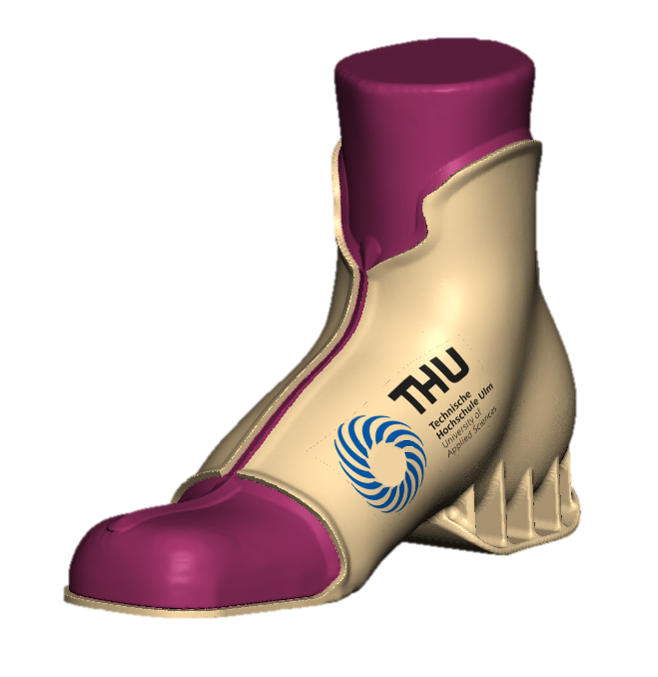
Medical Aids – SmartOT network
Cooperation with several German orthopedic technology companies, rehaVital and Antonius Köster GmbH
In the SmartOT cooperation network (funded by the ZIM-program of the BMWi), digital standards for orthopedic aids are being developed in cooperation with several German orthopedic technology companies and archived accordingly in a database for use. After the end of the funding phase by rehaVital (one of the largest groups in the German medical aids market), the network is to be consolidated into a further training platform for orthopedic technicians.
Contact: Felix Capanni
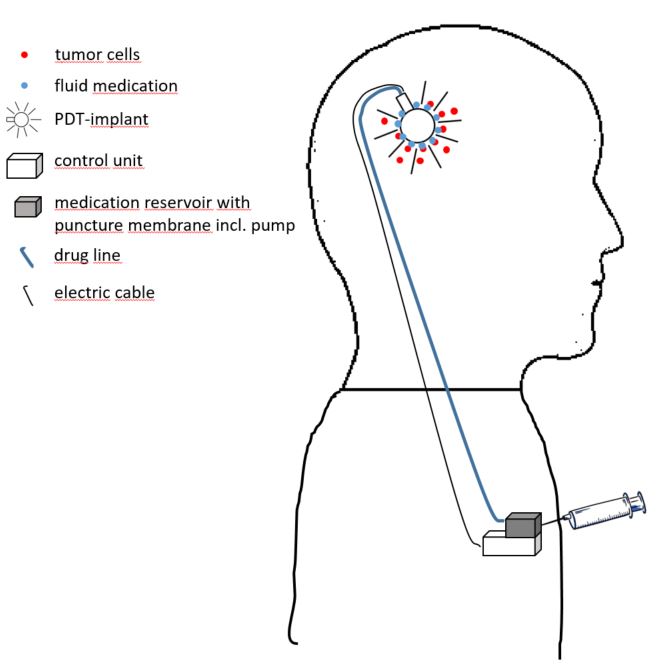
Implant for Glioblastom therapy
Cooperation with the Department of Neurosurgery, Ulm University Medical Center (Prof. Dr. Georg Karpel-Massler) and Department of Neurosurgery, Cantonal Hospital Winterthur, Switzerland (Prof. Dr. med. Marc-Eric Halatsch)
The dismal prognosis of patient with glioblastoma (GBM) defines a largely unmet medical need. We developed a photo-dynamic-chemical therapy implant (PDCT Implant) for evaluation as a possible GBM treatment adjunct. The intracerebral active implant is equipped with LEDs that can emit light at a wavelength of 405 nm or 630 nm (both eliciting photodynamic effects) and 275 nm (eliciting photochemical effects). The project is founded by the State Ministry of Baden-Württemberg (Innovative Projekte 2019).
Contact: Felix Capanni
